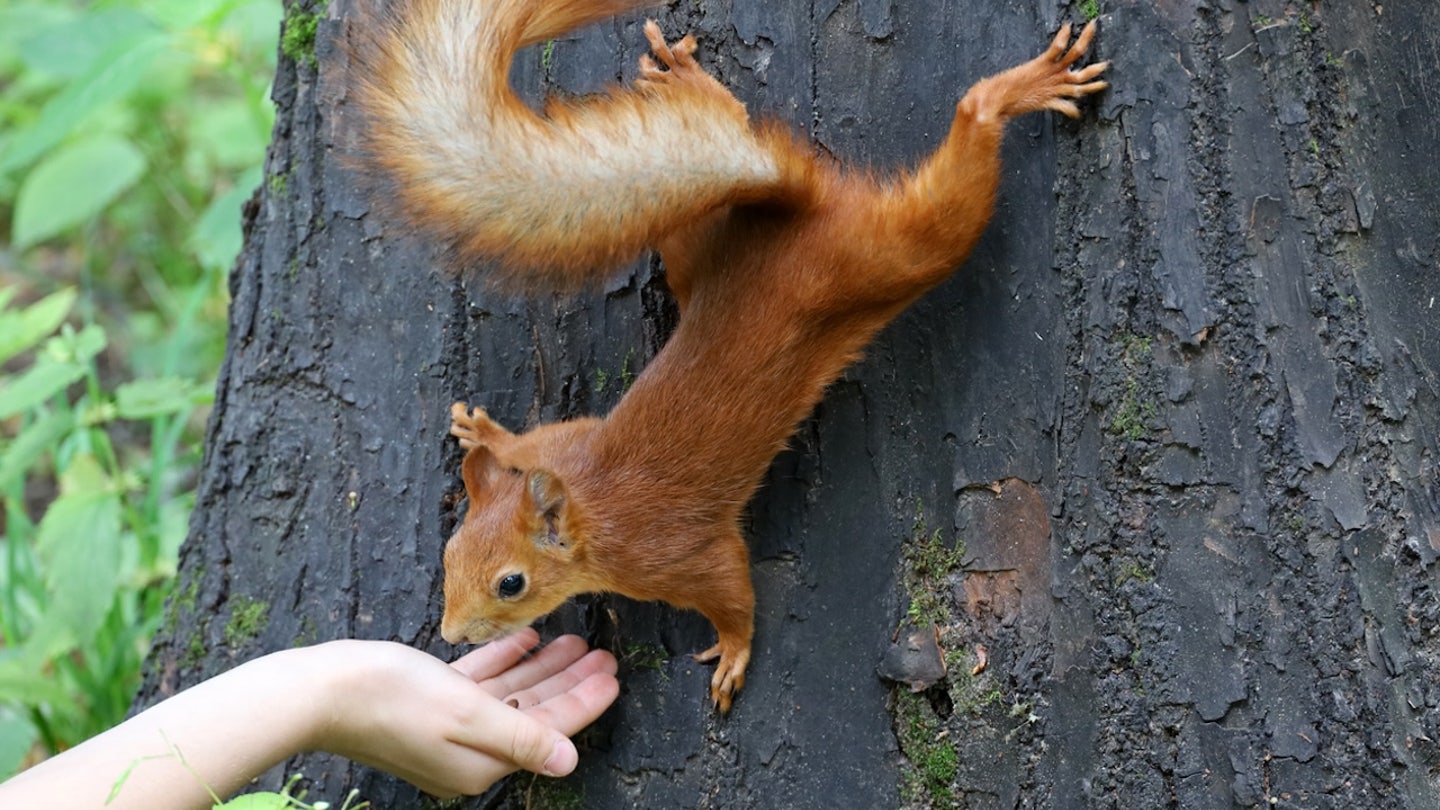A human case of the plague has been confirmed in Pueblo County, Colorado, according to health officials.
The Pueblo Department of Public Health and Environment (PDPHE) is working with the Colorado Department of Public Health and Environment to investigate, according to a press release.
No specific information was provided about the person who contracted the plague.
BUBONIC PLAGUE IN THE US: DO YOU NEED TO WORRY ABOUT CATCHING THE RODENT-BORNE DISEASE?
“We advise all individuals to protect themselves and their pets from plague,” Alicia Solis, program manager of the Office of Communicable Disease and Emergency Preparedness at PDPHE, stated in the release.
What is the plague?
The bubonic plague is caused by Yersinia pestis, a bacterium that was likely first introduced in North America around 1900 from rats on ships coming from South Asia, according to Timothy Brewer, M.D., professor of medicine and epidemiology at UCLA.
The bubonic plague is caused by Yersinia pestis, a bacterium that was likely first introduced in North America around 1900 from rats on ships coming from South Asia. (Smith Collection/Gado/Getty Images)
“Since its introduction 120 years ago, it has become endemic in ground squirrels and rodents in the rural Southwestern U.S.,” he told Fox News Digital.
Although the disease can affect people of all ages, half the cases involve patients between the ages of 12 and 45, as stated on the Centers for Disease Control and Prevention (CDC) website.
‘ARCTIC ZOMBIE VIRUSES’ COULD BE RELEASED BY CLIMATE CHANGE FROM THAWING PERMAFROST, SOME SCIENTISTS CLAIM
Globally, between 1,000 and 2,000 cases of plague are reported to the World Health Organization each year — although only an average of seven annual cases are in the U.S.
If left untreated, the plague has a fatality rate of 30% to 60%.
With antibiotics, that drops to below 5%.

“Since its introduction 120 years ago, [bubonic plague] has become endemic in ground squirrels and rodents in the rural Southwestern U.S.,” an expert told Fox News Digital. (iStock)
Symptoms and spread
Symptoms of the plague typically include severe headache, fever and chills, muscle aches, nausea, vomiting and swollen lymph nodes, the health department listed.
The plague can spread by droplets from one person infected with Y. pestis to another, according to Erica Susky, a certified infection control practitioner based in Canada.
“The more common risk of exposure in the U.S. is from pets, rodents and fleas,” she told Fox News Digital.

Symptoms of the plague typically include severe headache, fever and chills, muscle aches, nausea, vomiting and swollen lymph nodes. (iStock)
“Pets can sometimes be infected when encountering an infected flea or rodent and may pass it along to their pet owners from a bite or if the pet is ill.”
Another possible source is from hunting, she said — “skinning animals is also a risk, as the bacterium can spread via infected body fluids.”
“Treat pets promptly if they have a flea infestation and seek veterinary treatment if a pet becomes ill.”
Breathing in dust contaminated by dried rodent urine or feces with the bacteria can also spread the infection, according to Brewer.
Preventing the plague
The best means of prevention is to avoid rodents and fleas whenever possible, including dead rodents, Susky said.
“One way to do this is to ensure the home is rodent-proof by eliminating places where rodents may enter and hide,” she told Fox News Digital.
CLICK HERE TO SIGN UP FOR OUR HEALTH NEWSLETTER
Whenever possible, pets should be kept indoors, Susky recommended.
If pets are outdoors, they should be leashed.
“Treat pets promptly if they have a flea infestation and seek veterinary treatment if a pet becomes ill,” Susky advised.

“If spending time outdoors where one may be bitten by fleas and other insects, repellent should be applied to minimize potential bites, which are a portal of entry for the bacterium if one is bitten by an infected flea,” an infectious diseases expert advised. (iStock)
Hunters should wear gloves and wash their hands after skinning animals, and should change and wash their clothes afterward, she added.
The PDPHE also recommends keeping pet food in rodent-proof containers and not allowing pets to sleep in bed.
CLICK HERE TO GET THE FOX NEWS APP
“If spending time outdoors where one may be bitten by fleas and other insects, repellent should be applied to minimize potential bites, which are a portal of entry for the bacterium if one is bitten by an infected flea,” Susky said.

Anyone who develops symptoms of plague should see a health care provider immediately, officials advised. (iStock)
Anyone who develops symptoms of plague should see a health care provider immediately, Solis advised in the PDPHE alert.
“Plague can be treated successfully with antibiotics, but an infected person must be treated promptly to avoid serious complications or death.”
For more Health articles, visit www.foxnews/health
Fox News Digital reached out to the Pueblo Department of Public Health and Environment and the Colorado Department of Public Health and Environment for comment.
